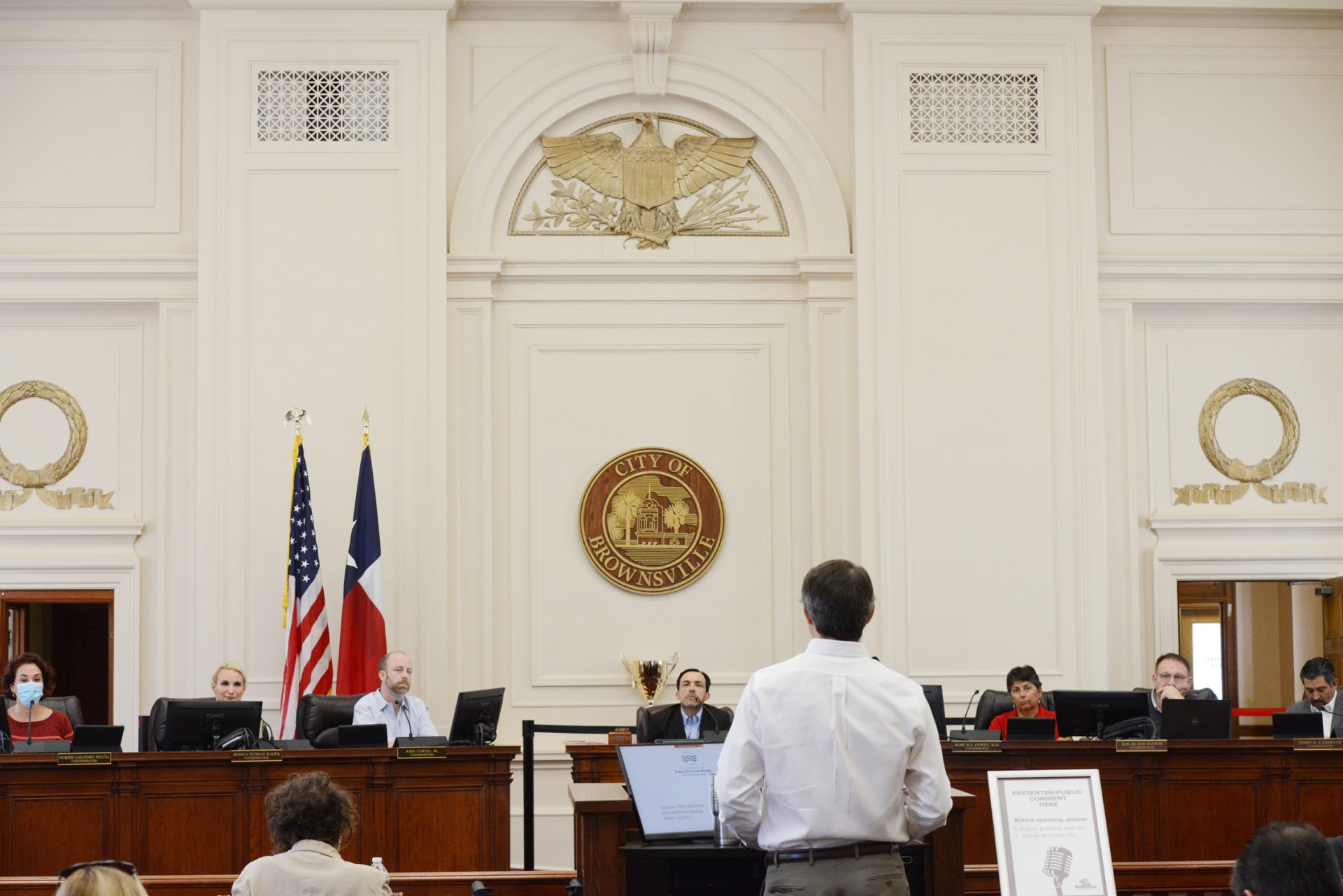First came the forensic analysis by Alabama-based public accounting firm Carr, Riggs & Ingram (CRI) into the Brownsville Public Utility Board’s failed Tenaska Brownsville Generating Station project, which concluded that BPUB senior management hyped the project long after it was no longer financially feasible.
The release of the CRI report late last year spawned public outrage and finger-pointing, an exodus of BPUB top management, and a painstaking, ongoing process of determining how to reimburse BPUB customers for $29 million left over from Tenaska-related rates hikes and currently sitting in BPUB’s Tenaska Equity Fund.
To verify CRI’s Tenaska number-crunching, BPUB commissioned an audit by Brownsville-based Burton, McCumber & Longoria (BML). Discrepancies were revealed regarding with two numbers: revenue generated by project-related rate increases, and total expenditures for Tenaska-related projects.
BML’s audit states that less than $115 million in total revenue was generated by the rate hikes (five in all), though CRI put the number at $118 million. As for total expenditures, CRI reported $30.9 million while BML says it was under $30.2 million.
The BML audit looked at eight aspects, including BPUB’s methodology behind the Tenaska rate increases, which have since been rolled back, and the methodology behind BPUB’s allocation of $54 million of the revenue generated through those rate increases to a bill-reduction subsidy program for customers. More than $74.3 million was returned to BPUB customers in the form of subsidies that lowered the fuel and energy charges on utility bills.
The auditor also delved into the effect on BPUB finances and future utility rates once the remaining $29 million has been reimbursed to customers and is no longer earning interest for the utility. Reimbursing the money is more complex than it may seem, since there are multiple factors to consider in distributing it equitably, though BPUB and the city of Brownsville are moving forward on the process, according to BPUB Vice Chairman Joseph L. Hollmann.
“We’re going to give back the money,” he said. “The question is how do we give it back?”
Hollmann said BML was hired to “verify that the numbers that we were starting with for all of this were correct, and we all felt that the CRI report was not of a quality that we could trust.”
He noted that CRI characterized its own report as a “forensic analysis” as opposed to a formal audit and criticized what he said was an over-reliance on estimates and opinion.
“We wanted to make sure nothing fell between the cracks,” Hollmann said.

The two main takeaways are the mismatch between BML’s and CRI’s numbers regarding Tenaska revenue and expenditures, he said.
BPUB Chairman Arthur “Art” Rendon, asked for his opinion of the CRI report’s reliability, didn’t address the question directly but replied in an email that “as you know the BPUB board of directors is made up of seven members. I respect each and every one of them individually and appreciate their contribution to public service on the BPUB board.”
Rendon said that upon becoming chairman in January he worked with BPUB staff to prepare a formal statement about Tenaska in the wake of the CRI report. The statement, released Jan. 27, can be found on BPUB’s website. So can the BML audit report, under “Supplementary Reports” in the website’s “Financials” section.
John Cowen Jr., Brownsville city commissioner at-large “A” and a member of the commission’s audit oversight committee, said it’s possible the discrepancy in numbers between the CRI and BML reports could be “timing related,” and that the committee is taking a closer look at it.
“It’s just about making sure we’re comparing apples to apples,” he said. “I think there’s an explanation there. I think we’ll determine why there’s a difference, but I don’t think it’s a material difference.”
Cowen said he believes CRI’s findings regarding BPUB and the Tenaska project are fundamentally accurate, and that nothing he or the audit committee has seen so far, including the BML audit, has changed that belief.
At the same time, he applauded BPUB’s effort to double check the numbers before finalizing the process of reimbursing the $29 million in Tenaska Equity Fund money to customers.
“They want to make sure that … everything is accurate, that everything is verified, so we don’t have any issues down the road with any discrepancies or misunderstandings,” he said. “I’m glad that they did it. I think that was the right approach.”





